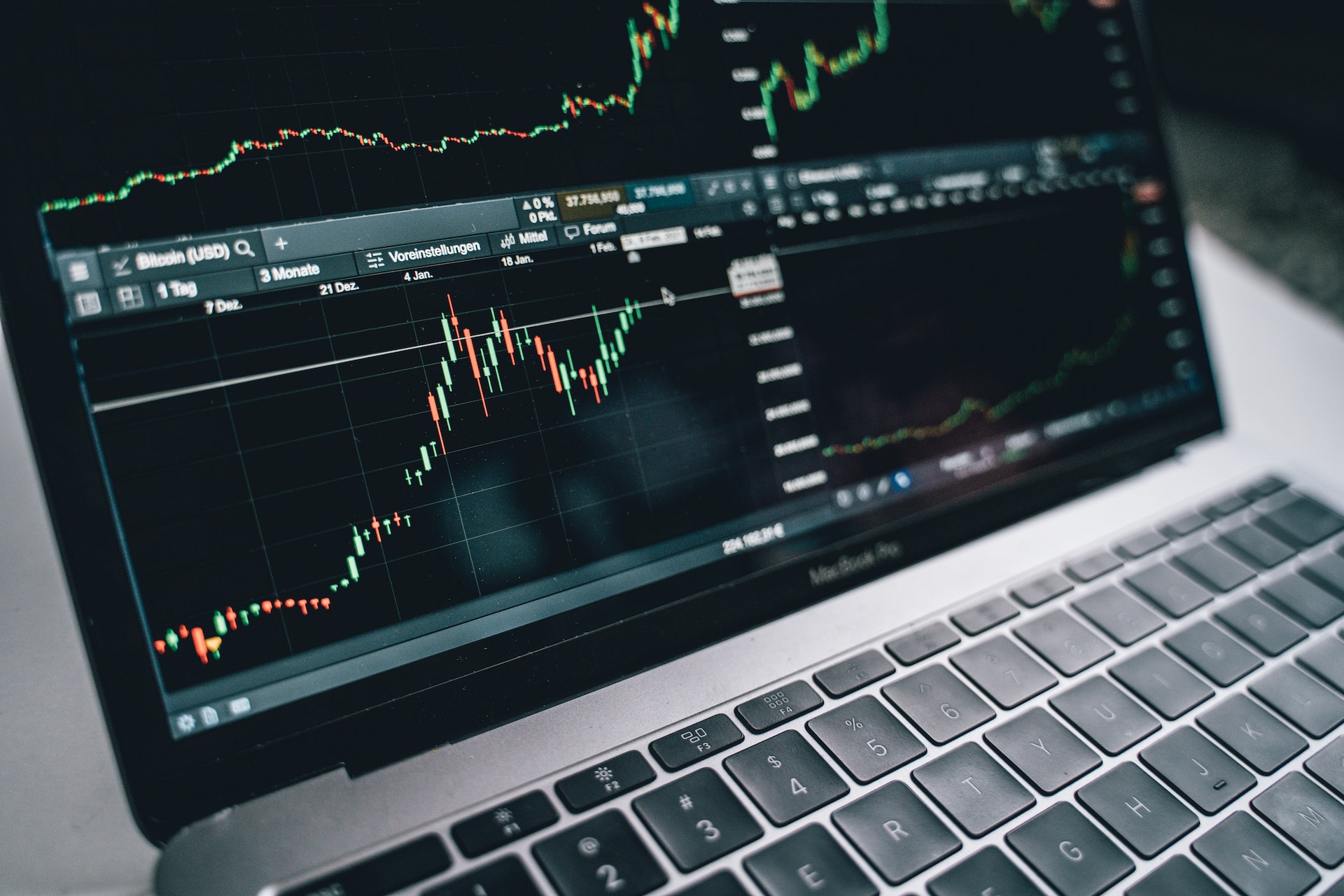
Preparing an Exposure Plan Based on Leverage
What is leverage?
Leverage or margin trading enables traders and investors to open large positions with a limited amount of money in their trading account. In other words, you can get a larger exposure to the trading market than the amount you deposited to open trade. Leveraged products like CFDs, not only magnifies profits but also your potential losses.
In CFD trading, leverage is an essential feature and tool for traders. You can either take advantage of small price movements, ‘gear’ the portfolio for bigger exposure, or make the capital go further.
Most investors and traders are familiar with leverage but for beginners, it is a complex topic. In this article, we will explain how leverage works, and when it is used.
How does leverage work?
Leverage works by using a deposit or margin, to provide traders with increased exposure to the underlying assets. Basically, the trader is putting down a fraction of the full value of the trade, and the rest is loaned by the provider.
The total exposure compared to the margin is known as leverage ratio –– this may vary depending on the type of the trading market, who you are trading with, and the size of the trade.
For example, you want to buy 1000 shares of ABC company at a share price of 100p.
To open a conventional trader with a broker, you would be required to 1000x100p for a $1000 exposure (minus any commissions and other charges). If the share price goes up by 20p, the 1000 shares would worth 120p each. If the trade is closed, then a trader would have made a $200 profit from the original $1000.
If the share of the company had fallen by 20p, the trader would have lost $200. Or he/she could have opened the trade with the leverage provider, who might ask for a margin requirement of 10% on the same shares.
In this situation, the trader would have to pay 10% of the $1000 exposure, or $100, to open a position.
If the company’s share price moves up to 120p, you would still earn $200 profit, but at a much lower cost.
If the share price falls by 20p, then you would have lost $200, two times the original deposit.
Most commonly, a derivative product is used in leverage trading. This means you trade an instrument that is valued is based on the underlying asset, rather than owning the asset itself. The key leveraged products include:
- Spread Betting (Only for the UK) – it is a bet on the future movement of a market
- Contracts for Difference (CFDs) – it is an agreement to exchange differences of an asset price from the position when it was opened to when it is closed.
Pros of using leverage
- Leverage helps in freeing up the capital because only a fraction of the asset’s value is traded.
- Traders can take much larger positions from leverage than by trading actual underlying assets. This allows you to get the most of your capital that you can further invest in different ranges of assets instead of restricting to one or two.
- The profits are magnified on a much larger scale and many times over.
Cons of using leverage
- With leverage, traders give up the chance of taking ownership (shares) and delivery (futures) of an asset.
- If the market moves against you, the provider will ask you to deposit a greater margin to cover losses and to keep the trade open.
- The losses are magnified, many times, which can be disastrous for your trading account.
Conclusion
While leverage trading or margin trading is a useful tool as it enables you to have more flexibility and bigger market exposure. However, it is important to know the risks that come along before placing leveraged funds to the markets.

